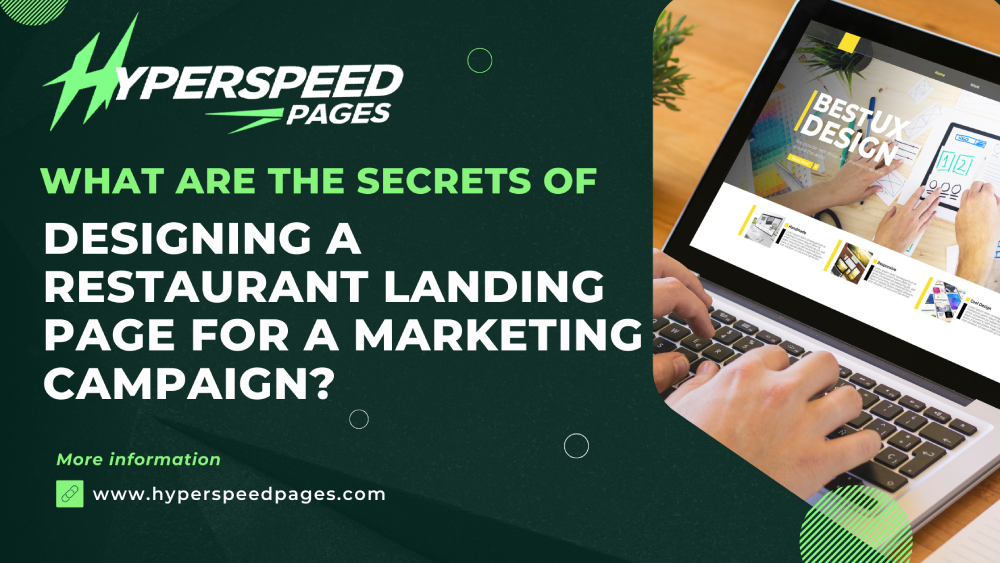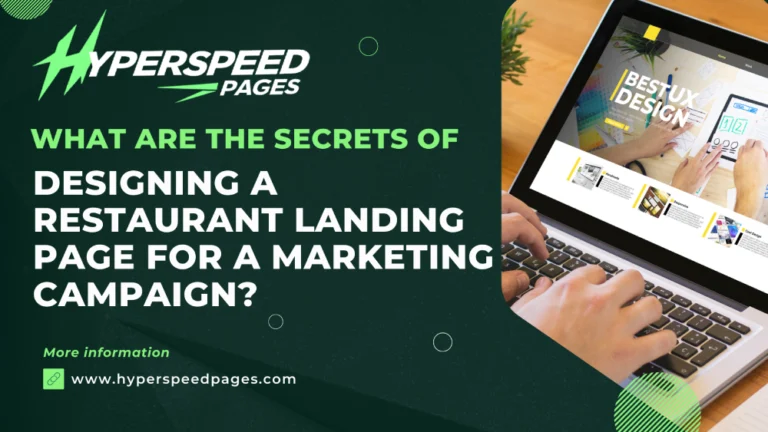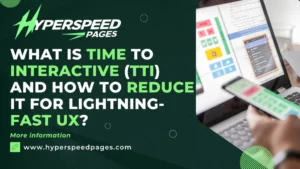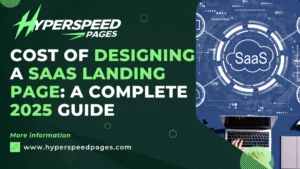
Whether you’re promoting a new menu, launching a special event, or simply trying to attract more customers, your landing page is often the first point of contact potential diners have with your brand. It needs to be engaging, informative, and optimized for conversions. But what exactly goes into crafting the perfect restaurant landing page?
1. Understanding the Purpose of a Restaurant Landing Page
A landing page is not just another webpage; it’s a targeted tool designed to convert visitors into customers. Unlike your restaurant’s homepage, which might serve multiple functions, a landing page has a single focus. It could be:
- Generating Reservations: This is the most common goal. The page should entice visitors to book a table.
- Driving Foot Traffic: If your target audience is primarily local, focus on encouraging immediate visits.
- Building Email List: Collecting customer emails for future marketing campaigns is another objective.
- Promoting a Specific Dish or Menu: Highlighting a particular culinary offering can drive sales.
Understanding the specific goal of your web landing page is the first step in the design process. Everything from the layout to the content should be aligned with this objective.
2. Appealing Value Proposition
Your value proposition is the main message that communicates the unique benefits your restaurant offers. It should answer the question: “Why should a potential customer choose your restaurant over the competition?”
Key Elements of a Strong Value Proposition
- Clear and Concise Headline: This should immediately convey the main benefit of your offer. For example, “Experience the Best Italian Cuisine in Town” or “Get 20% Off Your First Online Order.”
- Supporting Subheadline: Provide a brief explanation or additional details that complement the headline. “Fresh ingredients, handcrafted recipes, and an ambiance that transports you to Italy.”
- Visual Element: Accompany your value proposition with an eye-catching image or video that illustrates your message. A high-quality photo of your signature dish or a video tour of your restaurant can make a big impact.
Your value proposition should be the first thing visitors see when they land on your page. It needs to be compelling enough to keep them interested and encourage them to take the desired action.
3. Designing for User Experience (UX)
A great landing page isn’t just about looks; it’s about how it feels to the user. User experience (UX) design is crucial in guiding visitors toward taking action. Here’s how to optimize your landing page for the best possible UX:
a) Mobile Responsiveness
With the majority of users accessing websites via their smartphones, ensuring your landing page is mobile-friendly is essential. A responsive design that adjusts to different screen sizes will improve the user experience and reduce bounce rates.
b) Fast Loading Speed
A slow-loading page can frustrate users and lead them to abandon your site. Optimize images, leverage browser caching, and minimize HTTP requests to ensure your landing page loads quickly.
c) Intuitive Navigation
Keep the navigation simple and focused. Avoid clutter and ensure that all the information is easy to find. A single-column layout often works best for landing pages, as it guides the user naturally down the page.
d) Clear Call-to-Action (CTA)
Your CTA is arguably the most critical element on the page. Whether it’s “Reserve a Table”, “Order Now” or “Get Your Coupon” , the CTA should be prominent, action-oriented, and easy to find. Use contrasting colors and strategic placement to make it stand out.
e) Trust Signals
Incorporate elements that build trust with your audience. These can include customer testimonials, food safety certifications, awards, and social proof (such as social media followers or likes).
4. Optimizing Content for Engagement and SEO
Content is king when it comes to both engaging users and optimizing your landing page for search engines. Here’s how to ensure your content works on both fronts:
a) High-Quality, Relevant Content
Your content should be relevant to the campaign and resonate with your target audience. If you’re promoting a new seasonal menu, provide details about the ingredients, inspiration, and cooking techniques. Use descriptive, sensory language that makes the reader crave your offerings.
b) SEO Best Practices
Incorporate relevant keywords naturally into your content. Optimize meta titles and descriptions, use header tags (H1, H2, H3) appropriately, and include alt text for images. Make sure the URL is clean and descriptive (e.g., www.yourrestaurant.com/summer-menu).
c) Visual Content
Images and videos are powerful tools for increasing engagement. High-quality photos of your dishes, behind-the-scenes videos of your kitchen, or customer testimonials can all make your landing page more compelling. However, ensure that these visuals are optimized for fast loading.
d) Storytelling
People connect with stories. Use storytelling to create a narrative around your offer. For instance, if you’re promoting a special event, tell the story behind the event, why it’s unique, and what attendees can expect.
e) Social Proof
Include reviews, ratings, or testimonials from satisfied customers. Social proof is a powerful motivator, as potential customers are more likely to trust peer recommendations than marketing copy.
5. Incorporating Advanced Features and Technology
To make your landing page stand out and offer a seamless experience, consider integrating advanced features and technology:
a) Interactive Elements
Interactive elements such as sliders, galleries, or quizzes can increase user engagement. For example, a slider showcasing different dishes from your menu can entice visitors to explore more.
b) Chatbots and Live Chat
Integrating a chatbot or live chat can provide real-time assistance to visitors, answering their questions and guiding them towards making a reservation or order.
c) A/B Testing
A/B testing allows you to compare different versions of your landing page to see which one performs better. Test variations of headlines, images, CTAs, and layouts to optimize for the highest conversion rates.
d) Analytics and Tracking
Implementing tools like Google Analytics and heatmaps can help you understand how users interact with your landing page. Track key metrics such as bounce rate, conversion rate, and time on page to identify areas for improvement.
e) Integration with CRM and Email Marketing
If you’re running a campaign that involves capturing email addresses or other customer data, ensure your landing page is integrated with your CRM or email marketing platform. This allows for seamless follow-up and personalized marketing efforts.
6. Ensuring Compliance and Accessibility
A successful landing page is one that’s accessible to everyone and compliant with relevant regulations:
a) ADA Compliance
Ensure your landing page is accessible to individuals with disabilities. This includes using alt text for images, providing captions for videos, and ensuring that the page can be navigated using a keyboard.
b) GDPR Compliance
If you’re collecting user data, ensure that your landing page complies with GDPR regulations. Provide clear information about how data will be used and obtain explicit consent from users.
c) Privacy and Security
Ensure that any forms or payment gateways on your landing page are secure. Use SSL certificates and display security badges to build trust with your visitors.
7. Final Touches and Launch Strategy
Before launching your landing page, ensure that everything is polished and ready to go:
a) Proofreading and Testing
Double-check all content for spelling and grammar errors. Test the page on different devices and browsers to ensure it looks and functions as intended.
b) Pre-Launch Checklist
Go through a pre-launch checklist to ensure everything is in place. This might include checking all links, ensuring forms work correctly, and verifying that tracking codes are implemented.
c) Launch Strategy
Plan your launch to maximize visibility. This could involve sending out an email blast, promoting the page on social media, or running targeted ads. Make sure you have a strategy in place to track the performance of the page post-launch.
Designing an effective restaurant landing page for a marketing campaign involves a blend of aesthetic appeal, technical precision, and strategic content. Remember to continuously monitor and update your page to maintain its effectiveness and align with evolving digital marketing trends.
Source:




